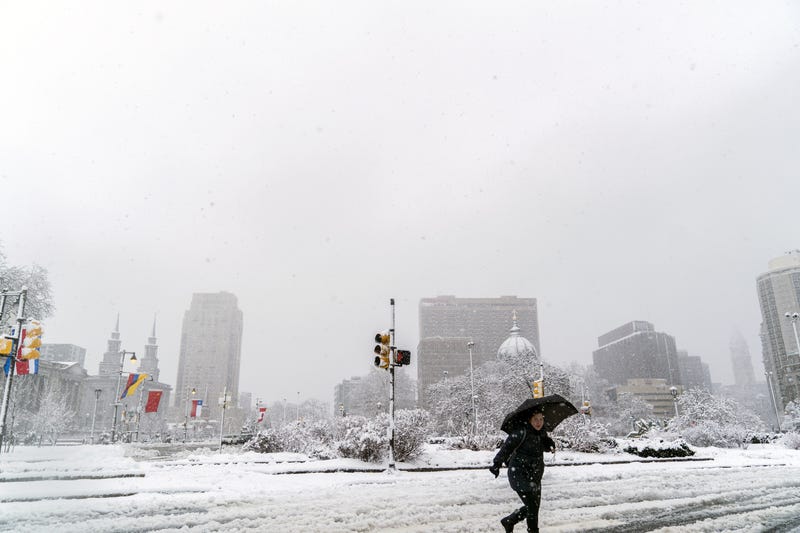
PHILADELPHIA (KYW Newsradio) — Winter nor’easters have steadily grown more severe over the last eight decades, and they will become even worse if climate change is not dealt with, according to a new study co-authored by a University of Pennsylvania professor.
The research, published Monday in the Proceedings of the National Academy of Sciences, looked at 85 years of nor’easter data and found that over this period, the destructive potential of maximum wind speeds increased by 20%, and snowfall has risen about 10%.
“The average nor’easter, we find, won’t necessarily be any stronger, but the strongest ones will,” said Dr. Michael Mann, study co-author and director of the Penn Center for Science, Sustainability, and the Media.
“Because the Arctic is warming faster than the rest of the planet, that actually leads to fewer overall storms. But those storms that do make it out feed on that extra moisture. There’s more precipitation, and that provides more energy to these storms, and they can intensify more.”
And as climate change worsens, these storms will intensify.
“It also drives home the importance of moving away from our reliance on fossil fuels toward clean energy,” said Mann, “because it is leading to these devastating extreme weather events.
“We’re fundamentally changing the nature of our weather now, in a way that is a threat to us and in a way that can still be mitigated if we take action.”
